Category: Updates
LSF Project onboarding and the Libre Space Manifesto
Libre Space Foundation is an organization dedicated to creating open-source, space technologies. Often we come across a project that wishes to join us, or we are approached by exciting initiatives to assist them in their endeavors. However, joining LSF as a project is a process that must meet specific criteria and particular requirements. In this article,…
Google Summer of Code 2020: Announcing the two projects we will be mentoring
For the second year in a row, Libre Space Foundation was selected as a mentor organisation for the Google Summer of Code initiative. The application period has closed and the results are in, and so it is with great excitement that we announce the two projects we will be mentoring over the next few months.…
The QUBIK Project: The progress so far
Libre Space Foundation is devoted to the vision of open-source technologies in space, and for this, we often join forces with researchers, individuals, and teams who share this vision with us. One exciting project we have taken up is the QUBIK Project. A few words about the Project Our love for space has brought us…
Space Situational Awareness – The story so far and an open way forward
An essay on the necessity of an open data approach for space. With tens of thousands of objects being already in orbit and hundreds of thousands coming up in the near future, it is no secret that keeping track and predicting orbital attitude and position for those objects will become imperative for viable and sustainable…
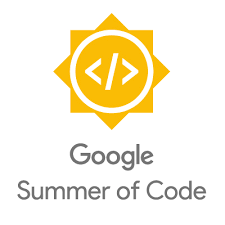
Call for students: join us building open space technologies through Google Summer of Code 2020
Google announced today that Libre Space Foundation is among the mentoring organizations of Google’s Summer of Code 2020. This selection provides opportunities for students that would like to work full-time on open space technologies during their summer break and start participating in the Libre Space community. Google Summer of Code is an annual program providing university students the…
LSF head back to Orbit with the Qubik Mission
Libre Space Foundation is proud to announce that it is currently developing and integrating 2 pocketqube satellites (QUBIK-1 & QUBIK-2) and supplying a pocketqube deployer (PICOBUS) to be flown as part of the DREAM payloads program on the inaugural Firefly Alpha launch from Firefly Aerospace. Scheduled for launch around the end of the first quarter…
Libre Space Foundation partners with Harvard’s Wolbach Library to launch Space Library funded by Sloan Foundation
The Wolbach Library at the Center for Astrophysics and the Libre Space Foundation recently received funding from the Alfred P. Sloan Foundation to create new infrastructure to support small satellite missions and enable public engagement with space technology. These efforts are part of the “Space Library,” a new multicomponent initiative at Wolbach that is working to…
OSCW19, Call for Participation now open.
The call for participation for the third Open Source Cubesat Workshop is now open. This year the OSCW will be held over 3 days in the beautiful Athens Conservatoire between the 14th and 16th October. The call for abstracts reads as follows; CubeSats have proven to be an ideal tool for exploring news ways of…
Libre Space Activity Update 2019-05-01
Open Source Cubesat Workshop 2019 Announced This years Open Source Cubesat Workshop (OSCW) dates have been announced and we are excited to host the event in Athens from the 14th to the 16th October 2019. Previous years have seen an amazing attendance from a really diverse range of backgrounds spanning makerspaces, academia and industry and…
Libre Space Activity Update 2019-03-27
MIT, Beyond the Cradle 2019 Members of the LSF team travelled to attend and speak at the “Beyond the Cradle” event held at MIT in Boston in the US. This lively conference was focused on envisioning a new space age and as such had a plethora of speakers from a diverse range of areas of…
Libre Space Foundation selected as a mentor organization for Google Summer of Code
We are excited to share the news that Libre Space Foundation is selected as a mentoring organization for Google Summer of Code (aka GSoC) 2019! As a result of this selection Libre Space has summer opportunities for university students who are interested in working on open-source space technologies. Google Summer of Code is an annual…
FOSDEM 2019 Report
The Libre Space Foundations team and contributors attended a snowy FOSDEM to promote Libre Space and to work together on the various LSF projects. Around 21 regular contributors spent a lot of time together working in the apartment the LSF team had booked and it was wonderful to see the community meeting in real life…
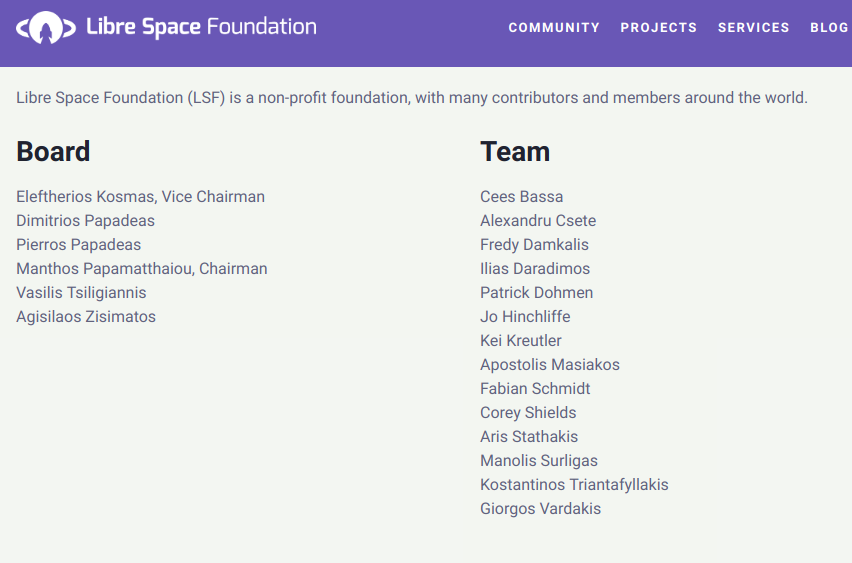
Libre Space Activity Update 2018-12-21
Welcome New Team Members This week Libre Space formally welcomed four new contributors to the LSF team, these are; Jo Hinchliffe Fabian Schmidt Patrick Dohmen Cees Bassa All four of them have been contributing tirelessly to our projects, inmeaningful ways, therefore it was only right to welcome them and include them as team contributors. Busy times in the SatNOGs community It’s been a…
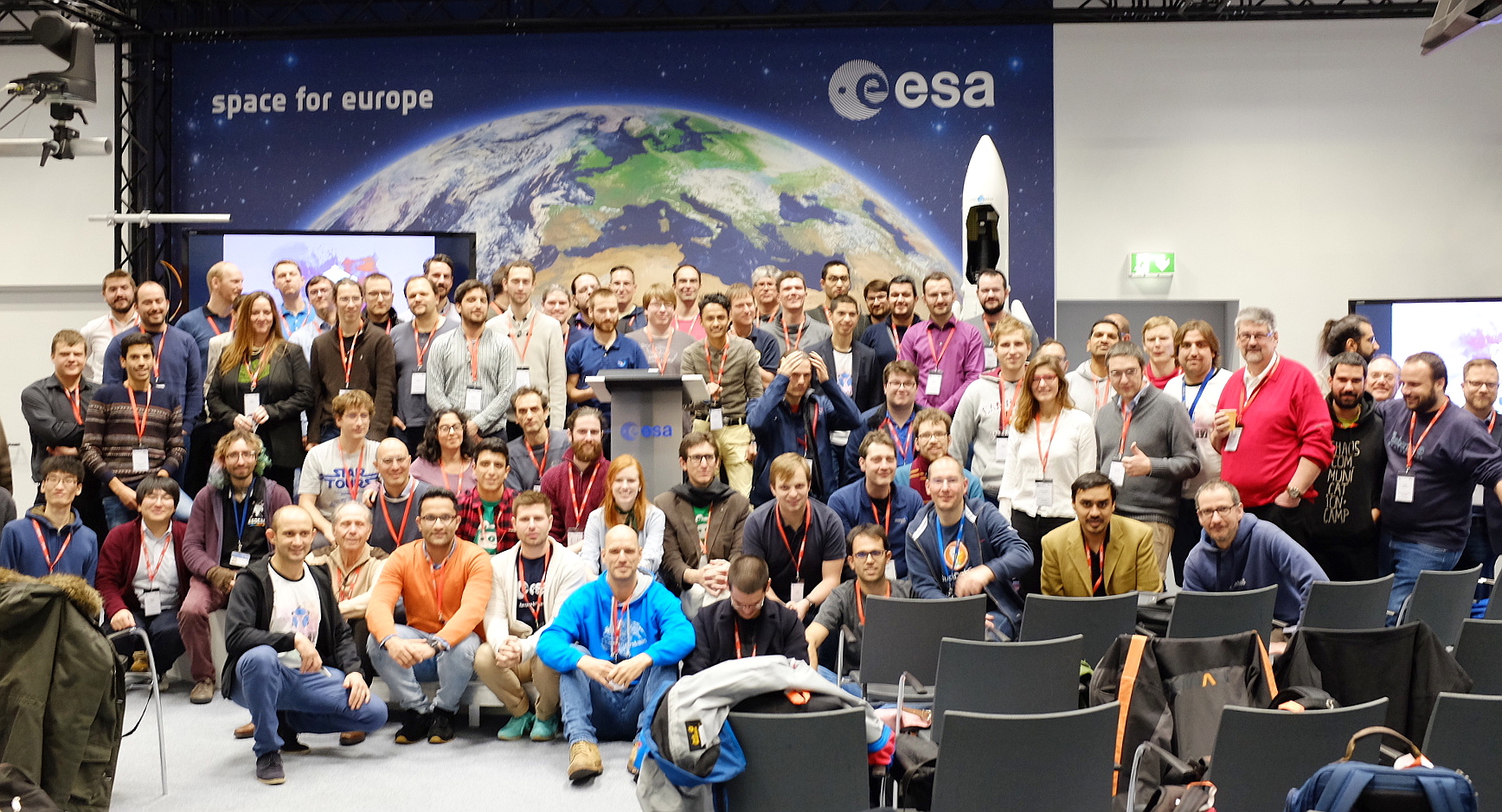
Open Source Cubesat Workshop ’17
A few days ago Libre Space Foundation, the Librecube Initiative and European Space Agency’s European Space Operation Center Cybernetics Team came together and co-organized Open Source Cubesat Workshop ’17 (or OSCW17 for short) at the European Space Operations Center Headquarters in Germany. For two days, the European Space Operation Center opened its doors to our…
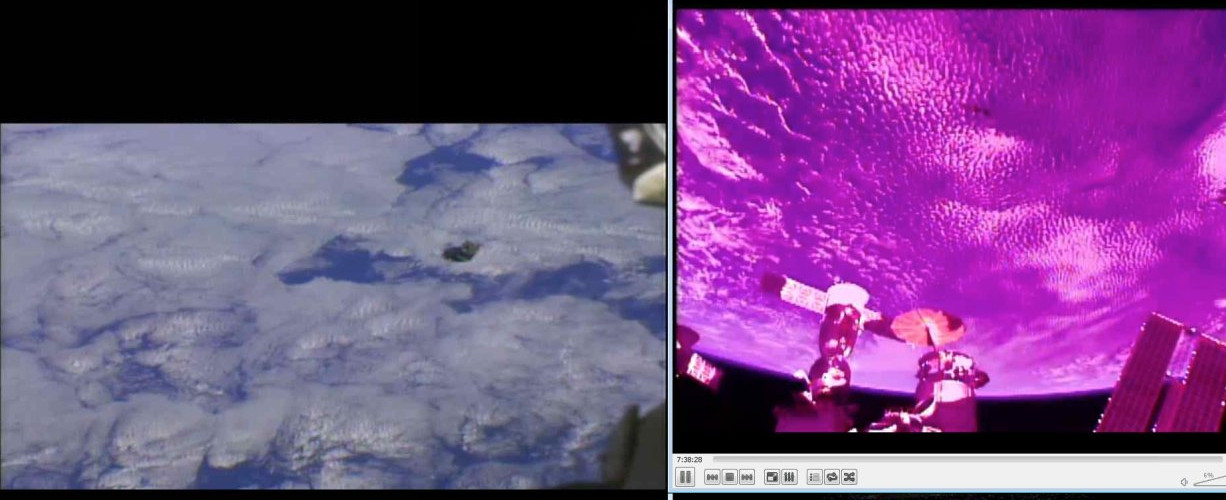
Successful deployment of UPSat, the first open source satellite
UPSat, the first open source hardware and software satellite, was released in orbit by NanoRacks deployer from the International Space Station at 08:24 UTC 2017-05-18. After 30 minutes, UPSat subsystems commenced normal operations in orbit. The SatNOGS open ground station network started receiving telemetry signals from UPSat in several ground-stations deployed globally shortly after its…
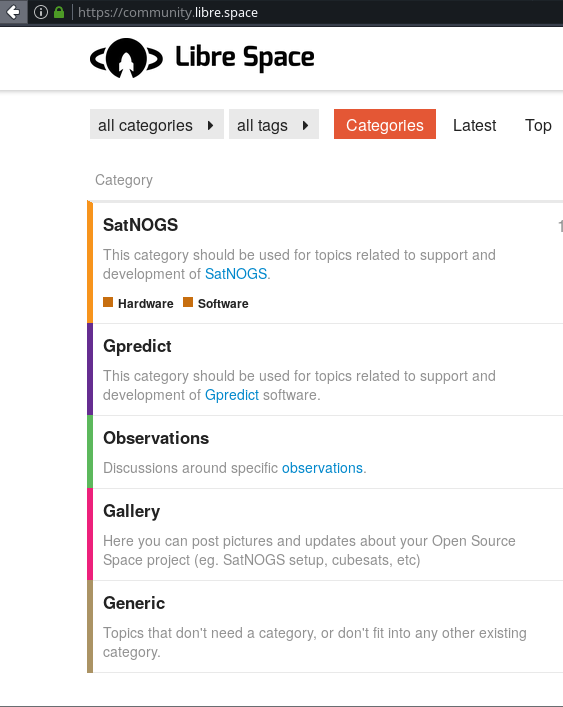
Libre Space Foundation has a new home – libre.space
A few days ago Libre Space Foundation got access to the “libre.space” domain due to a generous contribution of the original owner of the domain and member of the SatNOGS community Matt Carberry. We are looking forward to use this domain not only for Libre Space Foundation initiatives, such us SatNOGS and UPSat, but want…
Launch services for CANSAT Greece 2017
On April 19th 2017 Libre Space Foundation launched 5 High Power Rockets for 2017 CANSAT Greece student contest. The weeks prior the contest day, Libre Space Foundation electronics lab and workshop where open for the student teams who needed equipment not readily available in their school. Aiming to provide a scaled down satellite delivery and launch experience for students,…
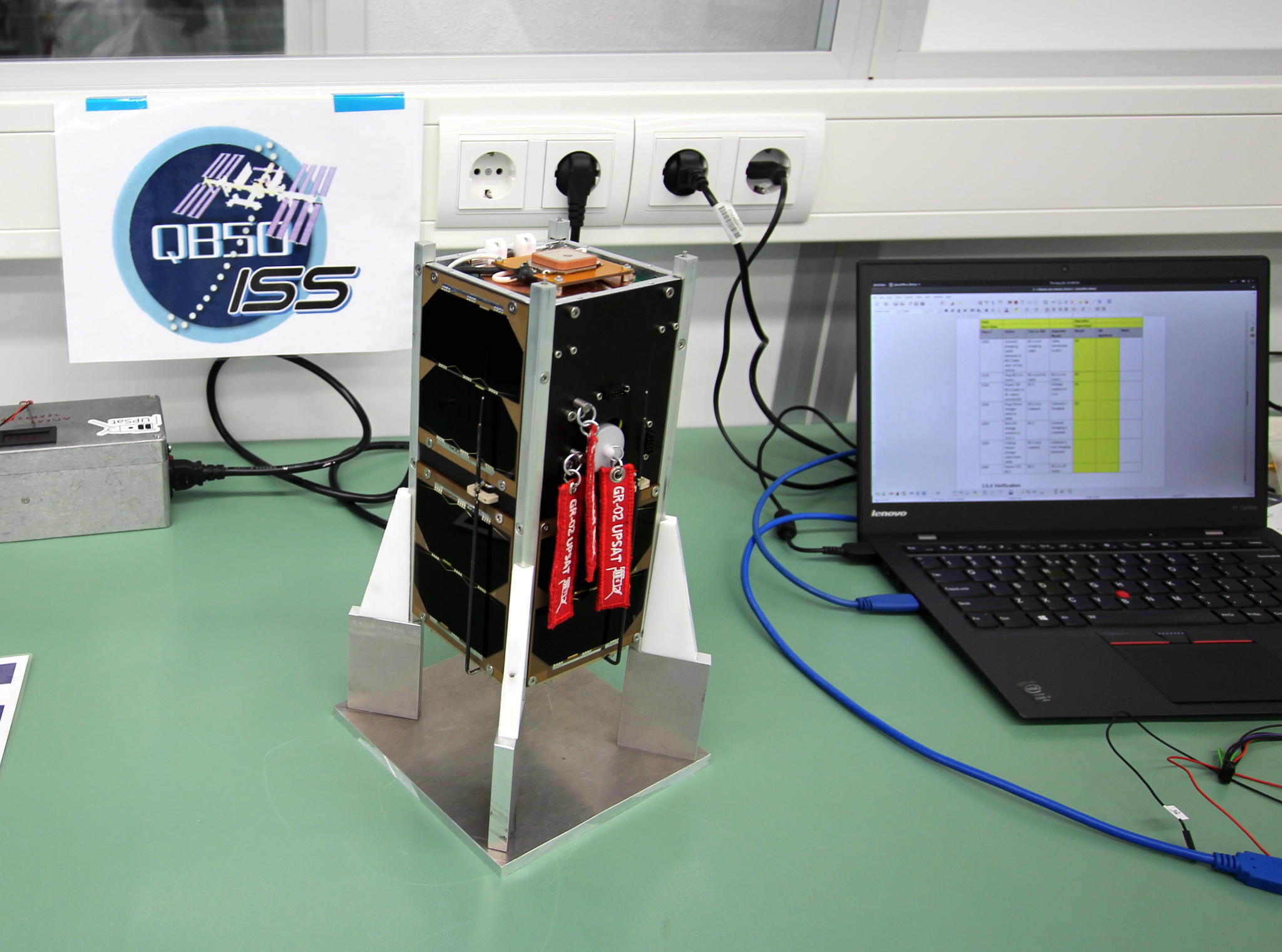
The first open source hardware satellite is delivered
The UPSat team of engineers is proud to announce the delivery of the first completely open source software and hardware satellite! A major step towards UPSat’s launch has being completed. Its successful delivery to Innovative Solutions In Space (ISISpace) took place on August 18th in Delft, Netherlands. UPSat is the first complete delivery to ISISpace…

SatNOGS core team creates Libre Space Foundation after winning the Hackaday Prize
One month ago in Berlin Hackaday announced SatNOGS as the Grand prize winner of the Hackaday Prize 2014. We are excited to see SatNOGS, the open source hardware and free software satellite ground station network, winning the recognition of the Hackaday Prize judges, the Hackaday staff and last but not least it’s awesome…